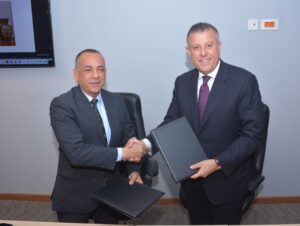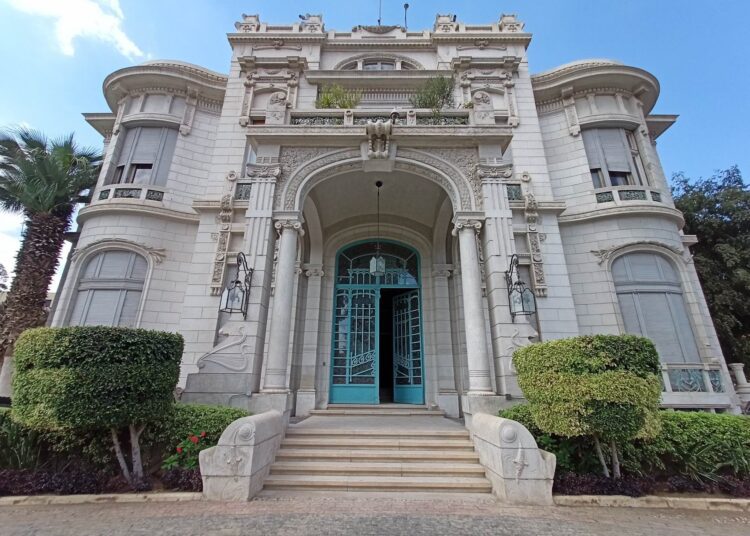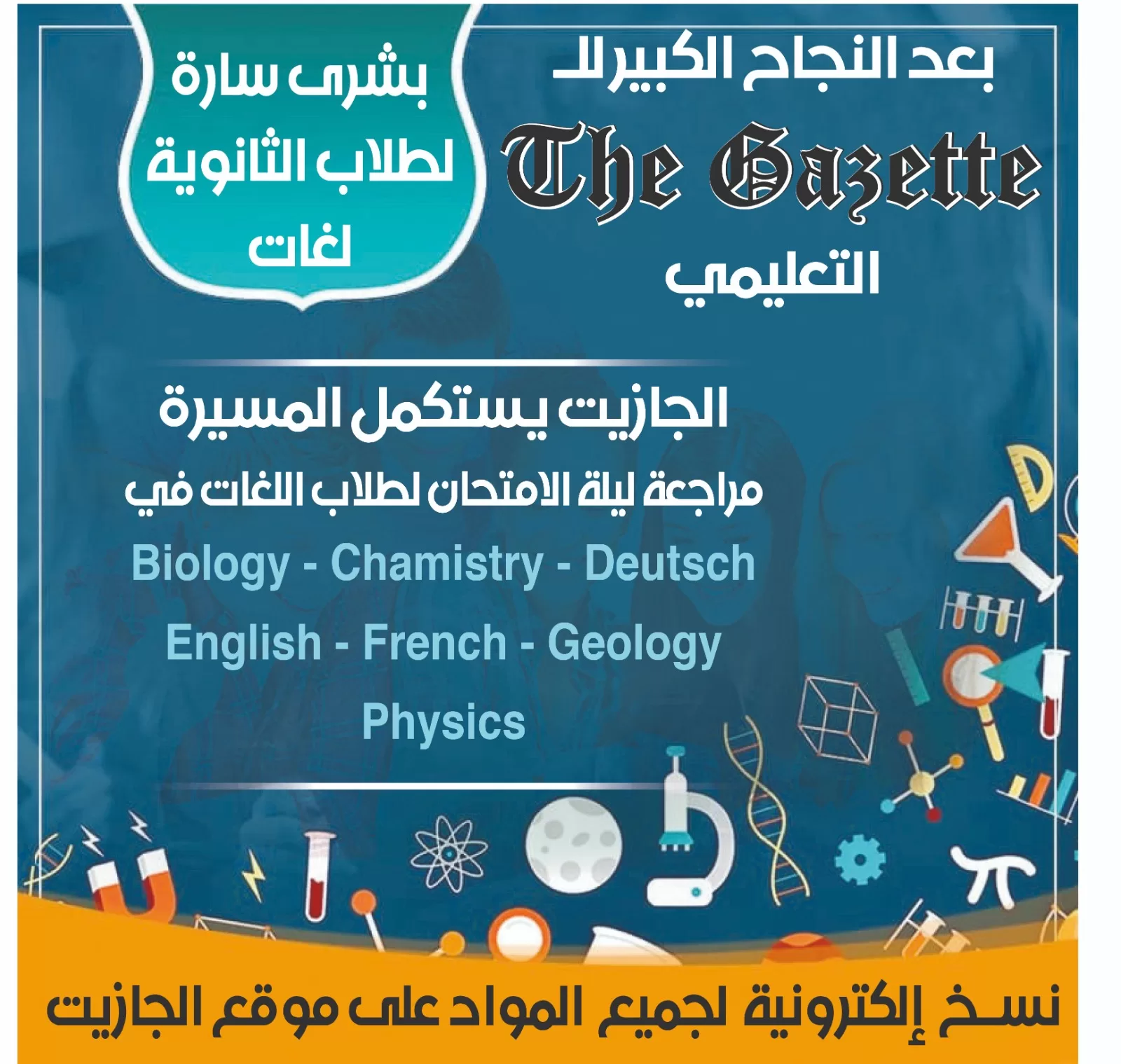Secretary-General of the Supreme Council of Antiquities (SCA) Mostafa Waziry and President of Ain Shams University Mahmoud el-Meteini signed a co-operation protocol for an educational museum in the Saffron Palace on the university’s campus in Abbasia district.
The Saffron Palace was built in 1870 during the era of Khedive Ismail in the style of Versailles Palace in France, where Ismail had spent his education. It was designed by Egyptian architect Moghri Bey Saad.
A lush garden surrounds the palace, which was completely planted with saffron.
It was at this palace where the 1936 Treaty was signed whereby Britain agreed to withdraw all its troops from Egypt except the Suez Canal area. The table where the treaty was signed can still be seen in the salon of the palace.
The mansion consists of two floors and a basement, which houses the museum.

Waziry said that the protocol aims at highlighting the Egyptian civilisation and spreading archaeological awareness among university students.
“Not only students at the university, but also researchers and scholars from other Egyptian universities can visit the museum,” Waziry said.
The protocol came in accordance with the Antiquities Protection Law and its amendments and the decision of the Permanent Committee for Islamic, Coptic and Jewish Antiquities, which decided that visiting would be free for all Egyptian university students, researchers and scholars.
“The museum is scheduled to be open soon,” he added.
The museum displays 167 artefacts covering ancient Egyptian history in its various historical eras, from the Pharaonic era to the epoch of Mohamed Ali Pasha’s family.
These artefacts were selected from the stores of archaeological sites and Egyptian museums, such as Egyptian Museum in Tahrir, Kafr el-Sheikh, Islamic Art Museum, Manial Palace and the Royal Carriage Museum.
According to the protocol, Ain Shams University, under SCA supervision, will prepare halls and screens for the museum display and the security system.
Mamdouh el-Damaty, former minister of antiquities and professor of Egyptology at the University, said that the museum will also include a collection of artefacts unveiled by the excavations of the university’s Egyptian archaeological mission working in the Arab al-Hosn area, in el-Matariya, northern region of Greater Cairo.
“On display also some of the holdings of Ain Shams University such as the collection of papyrus and currency from the Greek, Roman and Islamic eras, as well as heritage manuscripts,” el-Damaty added.






Discussion about this post